Trending Now
Thursday, Nov, 2024
Home / Liberalizing Indian Education
Liberalizing Indian Education
Liberalization is about easing some of India's reforms and policies. These changes would generally be considered...
 by Himani Verma /
by Himani Verma /  30 Jan 2021 13:58 PM IST /
30 Jan 2021 13:58 PM IST /  0 Comment(s) / 3018
0 Comment(s) / 3018
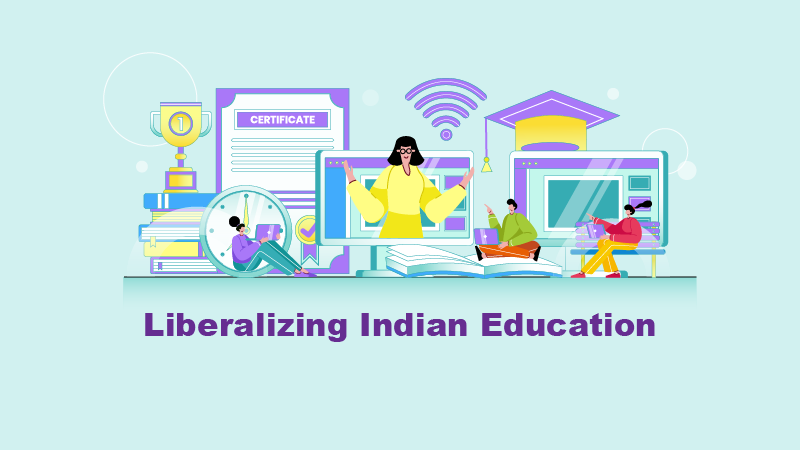
Liberalizing Indian Education: How Modi's New Education Policy (NEP) Can Give A New Shape To India's Education Sector:
Liberalization is about easing some of India's reforms and policies. These changes would generally be considered relaxation in the sphere of previous governments' social or economic policy. In the sense of economic liberalization, the term is usually used. Economically Modern, India does not have a Liberal education system. There are various explanations, including the national educational sectors' inability to succeed and the government's failure to give up its power. In India, a lack of control and association is suffering from the higher education system. Extreme rigidity and a lack of versatility define this.
The Old 10+2 Format Has Been Reshaped:
The NEP proposes incorporating the 5+3+3+4 system - the primary 5-year stages, three pre-primary 1 and 2, 3 years of preparatory phases, then three years of intermediate and, lastly, four years of secondary school.
Build An Environment For Stress-Free Learning:
Students can take part in the Board's exams in each subject in a new modular format at the end of a term. There will be at least 24 examinations by the subject board or an average of 3 assessments each semester. The burden and strain of board exams on children would be minimized.
Using More Languages:
At least before Class 5, Sanskrit may be the mode of instruction. It will be one of the optional languages at all school and higher education stages, for all planned eight languages. For classes 6-8, which will begin in the secondary and university, it would be appropriate to have at least two years of classical language.
Facilitating Higher Learning:
In the higher education market, the government aims to create a single NHERA regulator (National Higher Education Regulatory Authority). High schools can be multidisciplinary and provide high-quality instruction, research and student service. It can be extended to four years for undergraduate courses and offer many choices. In addition to the one-year master program for those who complete the four-year program, students may have the option of opting for a five-year blended Baccalaureate/Magister program.
Additional Initiatives:
For the 2019-20 academic year, the government has also begun providing bursaries through the Diaspora Children Bursary Scheme (SPDC). In India, more than 800 scholarships for Indian ex-pats are awarded. Indian-born students will study at major Indian institutes such as IITs and NITs.
Good Educational System Effect Of Liberalization In India:
Liberalization will also include a continuing funding source that will promote a research-based profession and make it a feasible choice for Indian teachers and students' future.
It would increase the short supply and make sure that educational institutions are not subject to an unfair premium.
Increased school availability would automatically lead to a reduction in education costs.
The Indian economy, mainly driven by the services industry, would improve the educational sector in no small degree.
Hundreds of thousands of Indian students study abroad for around US$ 1 billion an annual estimation and can also curb the migration of thousands of international students.
This will save the considerable capital of India.
Allowing companies will guarantee the production of industry-oriented, skilled graduates.
The rise of trained people means fast technical and communications advances.
The transition from industrialization into an information-based society often requires a change in society.
Independence encourages students to study near their home with the added advantage of a graduate degree that is valid internationally. It also prevents the drain that is also the loss of a country.
Negative Educational System Effect Of Liberalization In India:
International higher training is primarily a competition that is not limited.
Although there is no doubt that reputable universities hope to connect to other countries, attract top students to their home campuses and boost their brand in foreign countries.
However, there is no shortage of mere sub-prime and low-end private bodies attempting to avoid export collapse. Even some esteemed universities are pressured to collect cash elsewhere through government funding cuts.
In developed countries, students and local institutions are still unchecked in the same way. Often uninformed and often ingenious.
Without much knowledge or comprehension, students prefer to make use of this service.
To make them forget their wisdom, an international mark is enticing enough. Partnerships with low-quality colleges and universities in India are possible with uninformed or positively doubtful institutions in developed countries.
There is also a possibility that bogus institutes will be stuffed as the chance arises.
In India, corruption is prevalent. The product of a strategy in terms of bribery, misrepresentation, partial marks, etc., is very little left to imagine.
Unforeseen consequences can only become apparent after the outcome.
There will be many jobless municipal institutions that have little resources. Only the well-known perform because their national certificates are smaller than those recognized around the world.
Some Listed Solutions:
One potential solution is that the government should be removed from the education sector, in part if not entirely. The work of this sector should only be controlled.
The educational sector will share market weaknesses, much as in other markets.
The duty of the regulator should be to correct this, and the government should be independent.
Transparency is required to ensure that national interests and the students are not served inferior by unscrupulous suppliers.
The officials of the country can achieve it.
Which also allows colleges to learn about their business motivation.
An effective educational regulator such as SEBI, RBI, or TRAI, which regulates the financial markets, the banking sector, and the telecommunications sector, is also required in India.
Some independent rating organizations such as CRISIL, ICRA, and CARE must also rate the institutions, and these scores must be made public.
Conclusion:
Through these and other smart changes, work openings from a far more organized business sector that is more profitable and raise human resources would be a reality. This legislation would encourage transparency and accountability by international universities and organizations.
The same can also be said of all Indian colleges and organizations, public or private. India wants to enhance the standard of secondary education, accessibility and affordability. This can be accomplished by effective education liberalization, facilitating students' transfer from one State to another and supplying students from the low and middle-class with more scholarships and loans. Only then can the Indian Education System become a sound one that will form sustainable development foundations.

Blog / February 11, 2024
Mastering Spoken English: A Journey Through Real-Life Conversations
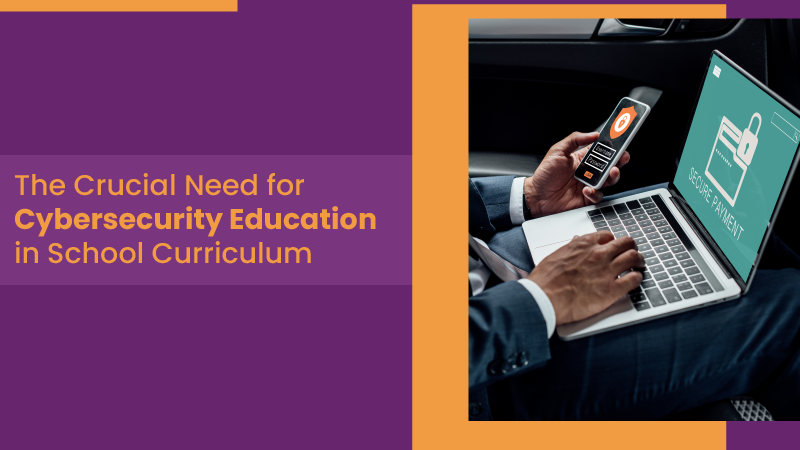
Blog / January 19, 2024
The Crucial Need for Cybersecurity Education in School Curriculums

Blog / December 19, 2023
How Gamification Transforms Learning into Adventure
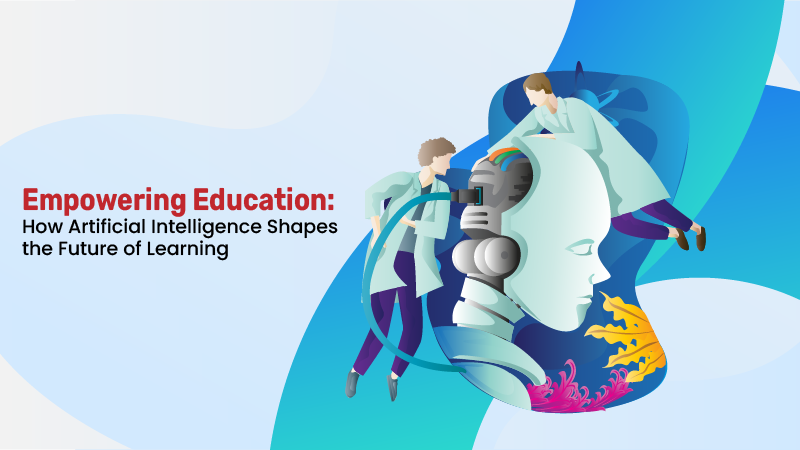
Blog / December 01, 2023
Empowering Education: How Artificial Intelligence Shapes the Future of Learning

Blog / September 10, 2023
Looking for Scholarships? 3 Programmes to Apply for by September-October 2023

Blog / May 11, 2023
Top 10 Career Choices for Generation Z
EShort / February 16, 2024
IMS Noida Admissions 2024: Apply for UG, PG programmes
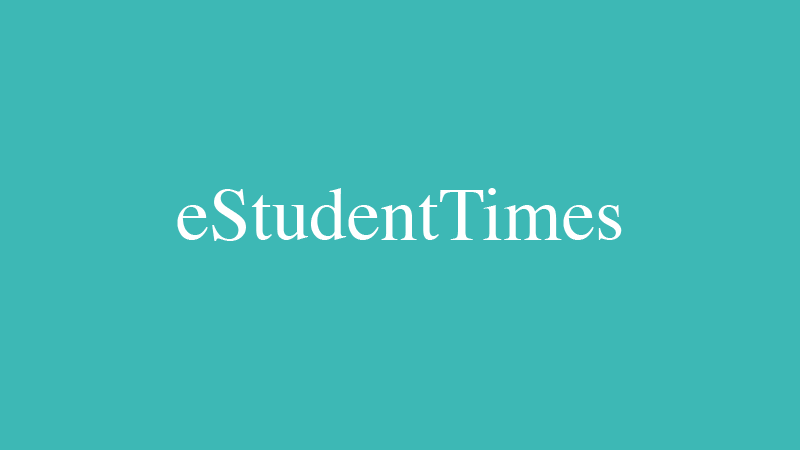
EShort / February 16, 2024
GATE 2024: Response sheet out
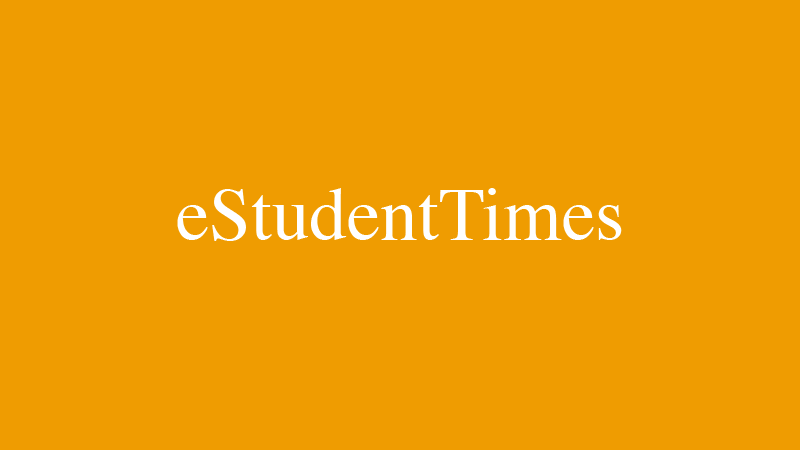
EShort / February 16, 2024
BSSTET 2023: Admit card released

EShort / February 16, 2024
NID DAT 2024: Prelims result released
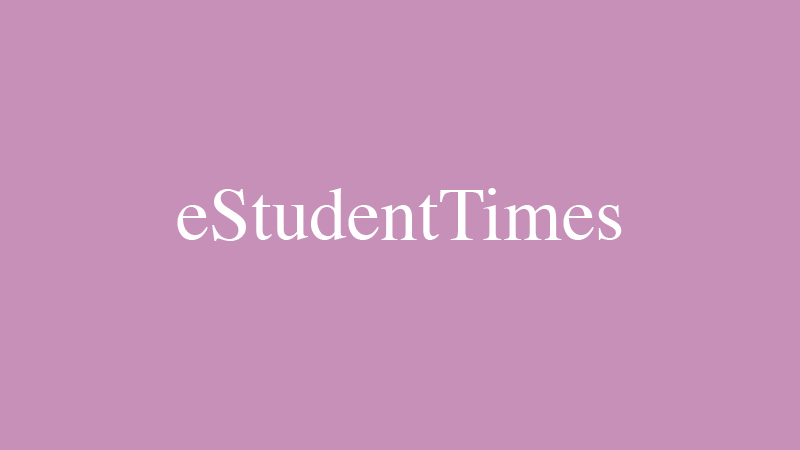
EShort / February 16, 2024
IIT JAM 2024: Response sheet released
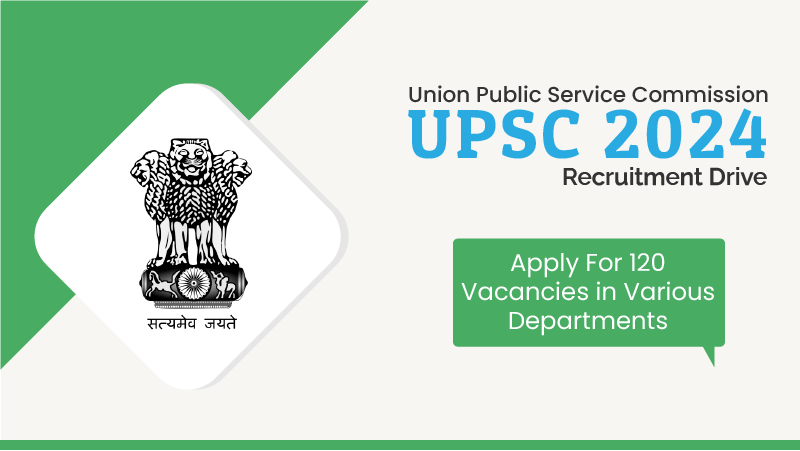
Jobs / February 16, 2024
UPSC Recruitment Drive 2024: Apply for 120 vacancies in various departments
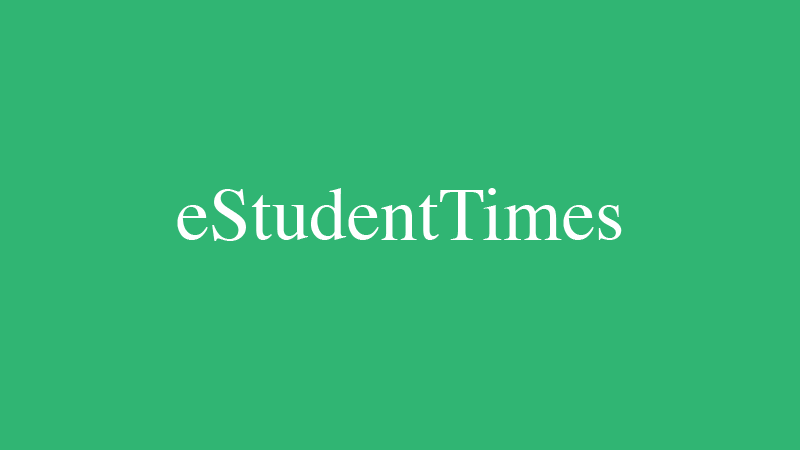
EShort / February 14, 2024
UPSC CSE 2024: Official Notification issued; application process begins
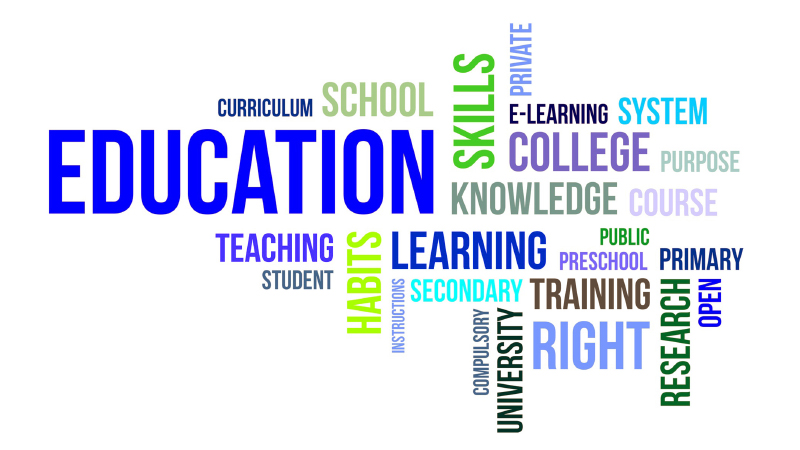
Editor's Desk / April 17, 2020
How Does Society Impact Our Education?
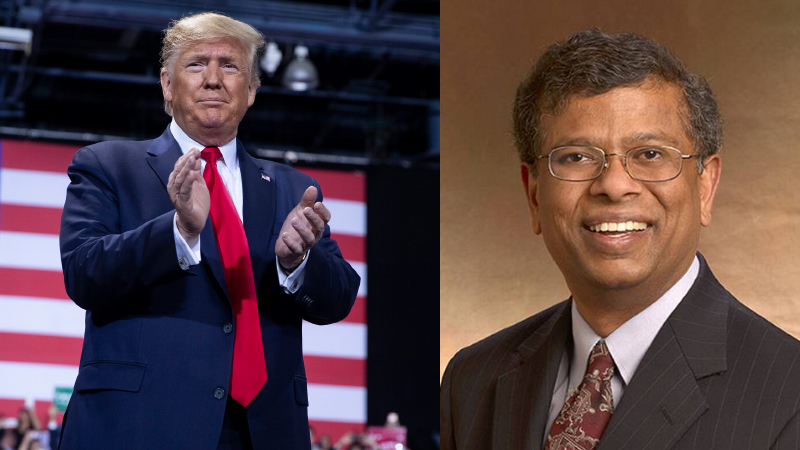
Current Affairs / April 22, 2020
Mr. Sudarsanam Babu appointed to U.S. Science Board.
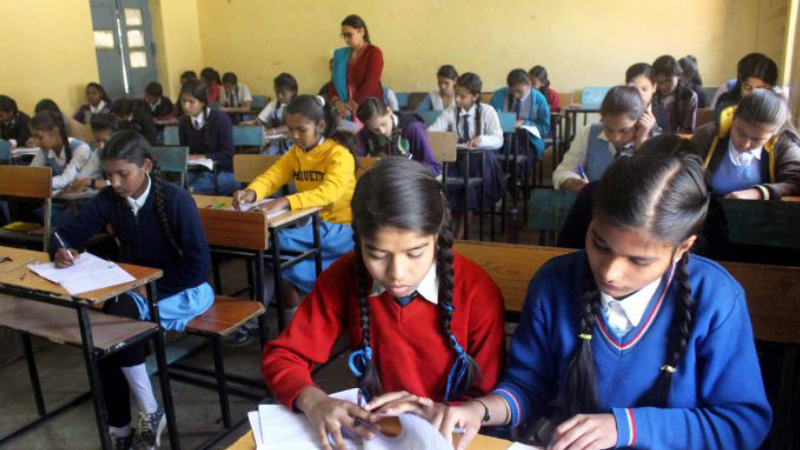
Reforms / April 17, 2020
Traditional Structure of Education In India
.jpg)
Events & Seminars / April 17, 2020
PISA!!
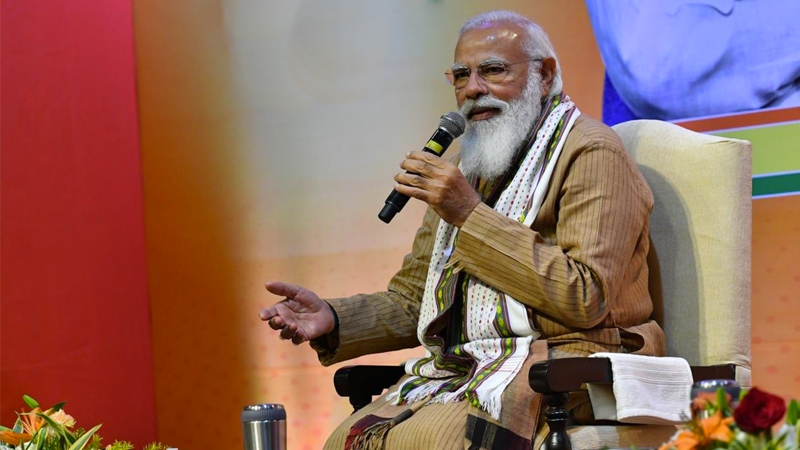
Blog / February 26, 2021
Government's Action On #ModiRojgaarDo
EShort / May 19, 2022
CUET PG 2025 has started the registration process.

Notice Board on Important Dates / April 21, 2020
World Heritage Day
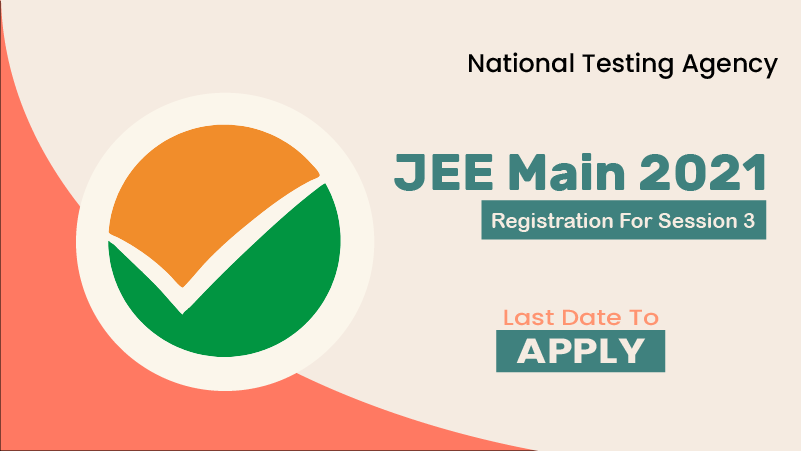
News / July 08, 2021
JEE Mains Registration For Session 3: Last Date To Apply

EShort / December 14, 2021
UPSC Declared Final Result For DCIO Recruitment
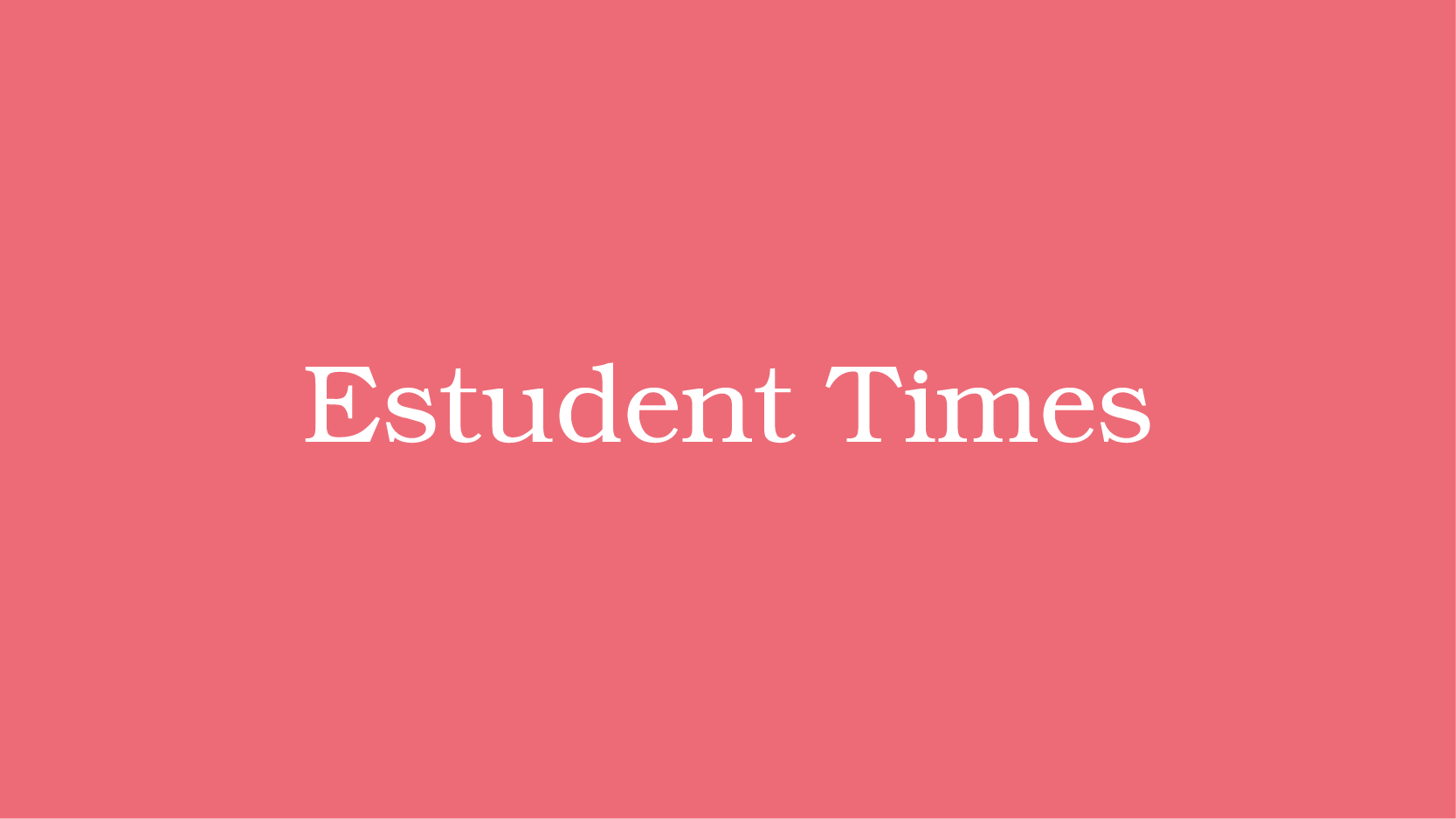

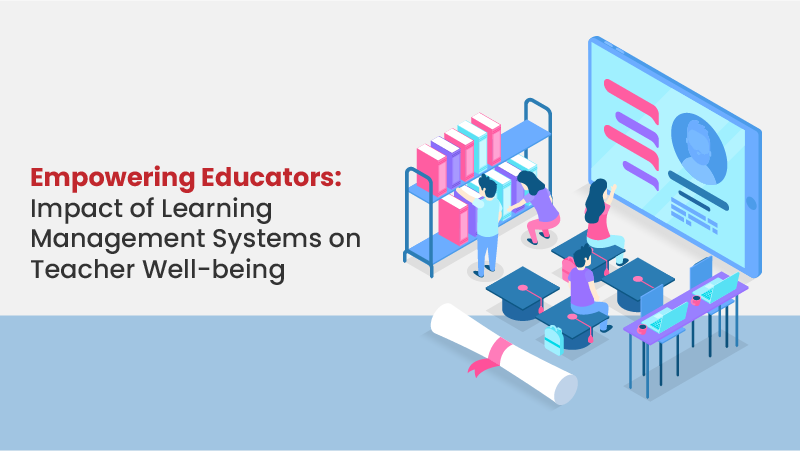


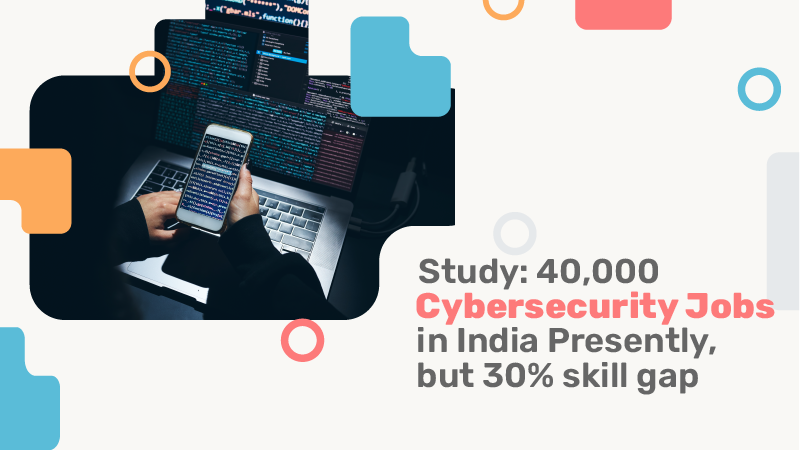


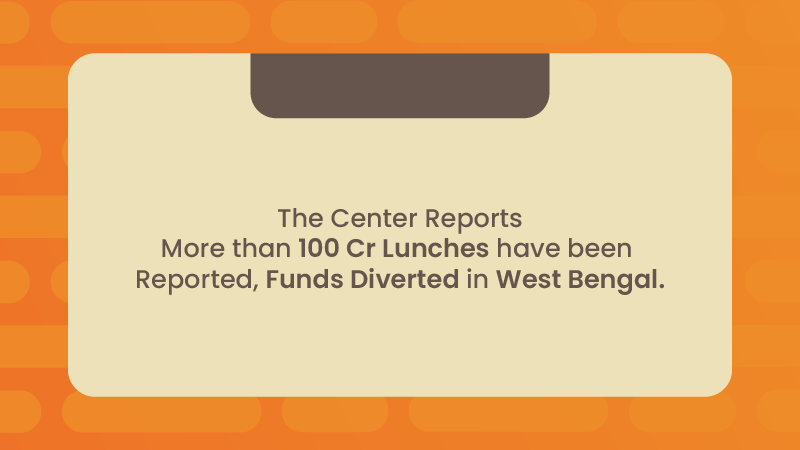



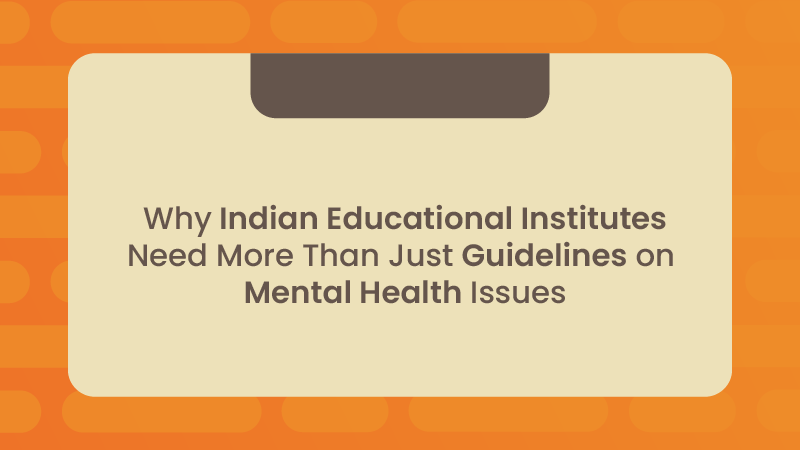

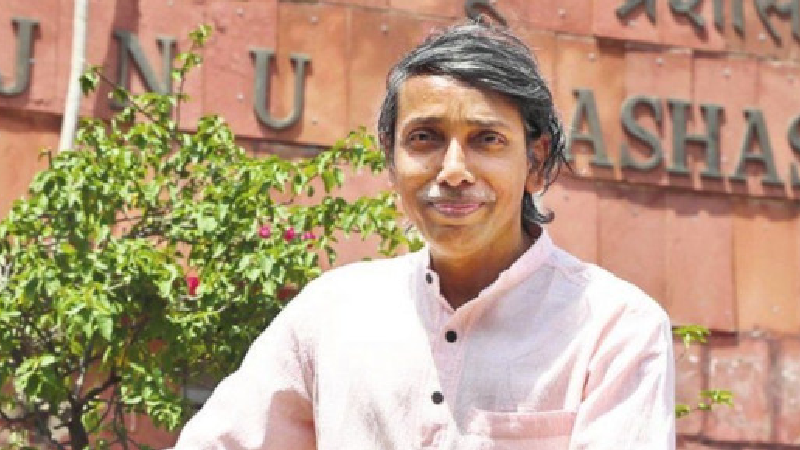

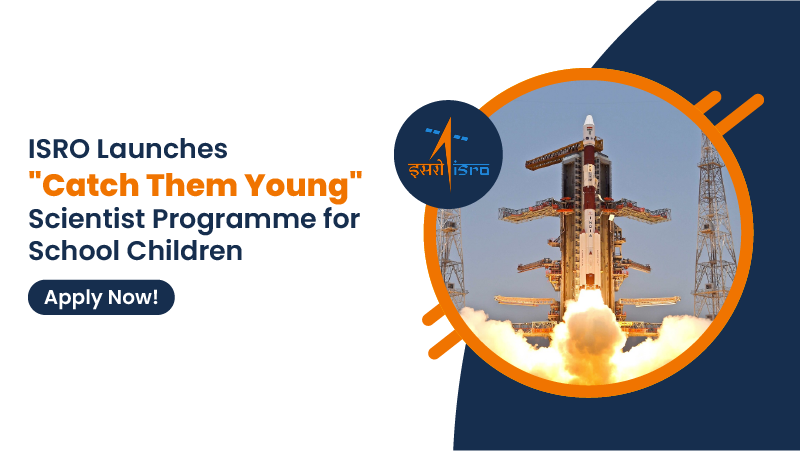
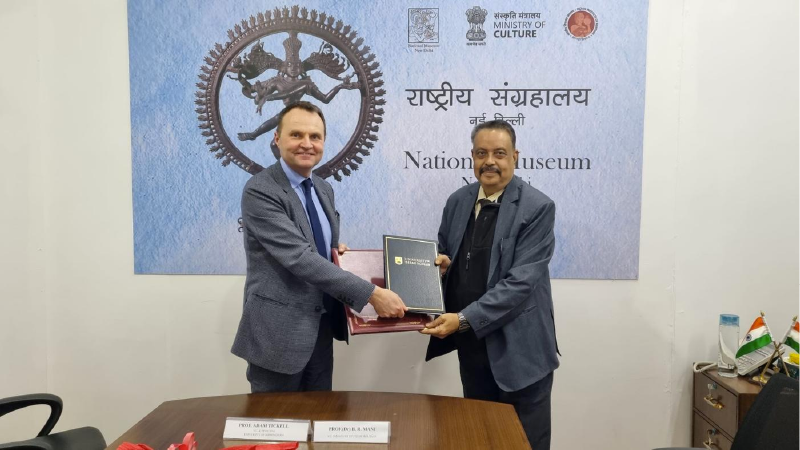
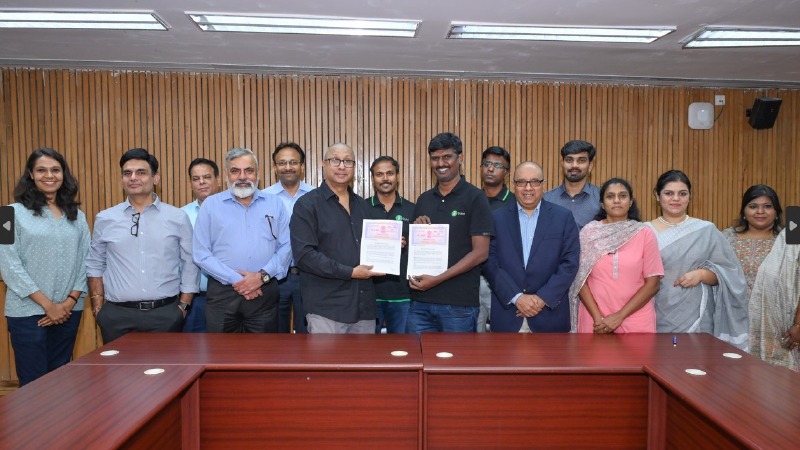
0 Comments
Post Comments